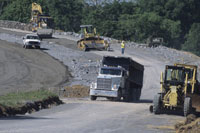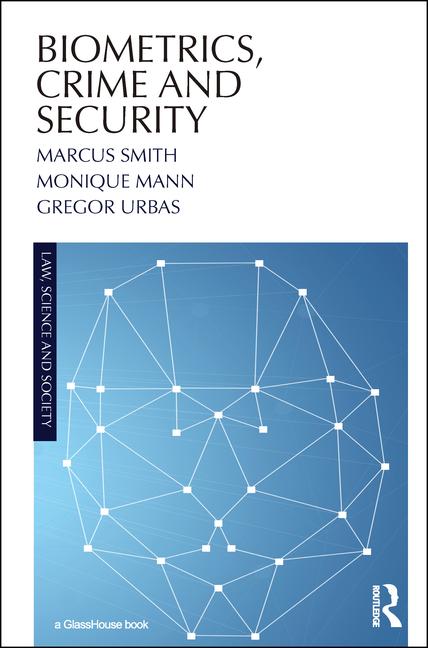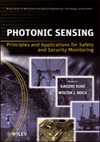Stopping Thieves with Biometrics: If They Can’t Start It, They Can’t Steal It!


|
| Heavy construction equipment is often the target of thieves, but biometric start-up equipment works to counteract their crimes of opportunity. |
Theft of heavy equipment places a $1 billion burden on contractors, dealers and rental agencies yearly and costs the insurance industry $300 million. In addition, insurance rates are affected by accidents caused by unauthorized operators, even though the boss has designated who are the only people who should drive the unit.
Thieves find that stealing heavy equipment is easy, profitable and as risk-free as theft can get. Their primary targets are skid steers, tractors, backhoes and landscape loaders. These four types of equipment have been at the top of the stolen lists for over a decade, according to Rental Equipment Register magazine. Theft is now increasing at idle worksites and farms, road projects and at dealership/rental yards.
To counteract the growing theft problem, contractors are building fences and gates, locking up equipment, running background checks on sellers and staff or adding identifying marks, such as painting phone numbers and ID numbers on the equipment. All are costly and, so far, unproductive.
However, what if your heavy equipment was useless to a thief? What if it just doesn’t start up and the thief, no matter what he does, can’t get the equipment going? Think that might make a difference?
That’s what multispectral biometrics can bring to the heavy equipment industry. To start up a unit, an authorized operator would first have to touch his finger to a biometric reader. If the person is authorized for that specific equipment, the unit starts up and can be operated. If not, it stands as still as a rock.
And You Thought Only People in Pretty Offices Could Use Biometrics…
For many years now, the promise of fingerprint biometrics has not been fully realized in large part because performance in the lab is not representative of performance in the field, especially where the dirt is flying, it’s raining, fingers get roughened up and manicures are useless. That is the reason many major government and commercial biometrics programs never reached their full potential.
The core problem has been that conventional fingerprint technologies, both semiconductor and conventional optical, were designed to rely on unobstructed and complete contact between the fingerprint and the sensor, a condition that is elusive in the real world, a world that is wet, dry or dirty and users are not all young office workers with great skin who are experienced at using biometrics. These older technologies continue to fail in many circumstances.
Multispectral imaging, on the other hand, is a newer, sophisticated technology that was specifically developed to overcome the fingerprint capture problems conventional imaging systems have in less-than-ideal conditions. This biometric technology excels in real world conditions such as those found on construction sites because, unlike conventional technologies, it does not rely on clean and perfect contact between the finger and the sensor. An analysis of several common real world conditions demonstrates why this sensor characteristic is so important.
Indeed, a construction site is an interesting real world case. Construction workers use their hands and have the cuts and calluses to prove it. Additionally, the construction site is dirty so workers may have grime on their hands when they approach a fingerprint sensor. Altogether, this real-world scenario is a nightmare for system administrators whose conventional fingerprint sensors depend on quality contact between the finger and the platen.
Multispectral fingerprint sensors capture high-quality images because the direct imaging process does not depend on a clean finger/sensor interface. Today, more than 40 million people are already enrolled on multispectral imaging-based systems at locales ranging from the classic door access control situation to the gates of the world’s favorite theme parks. Such readers are keeping borders secure around the world. Indeed, more than 400,000 people pass through multispectral imaging sensors every day at the Hong Kong border crossing.
And now, finally, biometrics can be used with confidence in the construction industry. When thieves see equipment guarded with biometric readers, it’s time to move on down the road.
“With biometrics, the Rugged Telematics Alliance (RTA) Ecosystem is now able to not only monitor the location and status of the asset but confirm who is operating it, a feature that can provide additional piece of mind to managers, owners and insurance providers,” said Michael Rodenberg, director of business development for Methode.
Looking for a reprint of this article?
From high-res PDFs to custom plaques, order your copy today!








